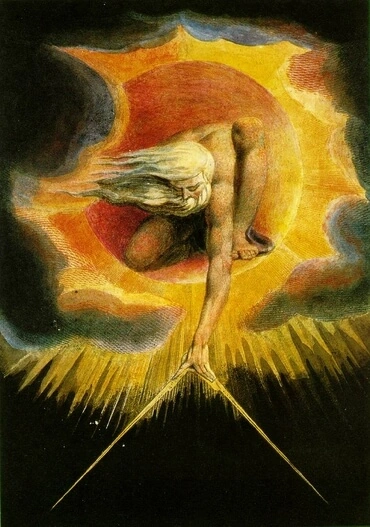God

When the Bible speaks of "Jehovah," it is representing love itself, the inmost love that is the essence of the Lord. That divine love is one, whole and complete in itself, and Jehovah also is one, a name applied only to the Lord. The divine love expresses itself in the form of wisdom. Love, then, is the essence of God -- His inmost. Wisdom -- the loving understanding of how to put love into action -- is slightly more external, giving love a way to express itself. Wisdom, however, is expressed in a great variety of thoughts and ideas, what the Writings collectively call divine truth. There are also many imaginary gods, and sometimes angels and people can be called gods (the Lord said Moses would be as a god to Aaron). So when the Bible calls the Lord "God," it is in most cases referring to divine truth. In other cases, "God" has reference to what is called the divine human. The case there is this: As human beings, we cannot engage the Lord directly as divine love. It is too powerful and too pure. Instead, we have to approach Him by understanding Him through divine truth. Divine truth, then, is the Lord in human form, a form we can approach and understand. Thus "God" is also used in reference to this human aspect, because it is an expression of truth.
This video is a product of the New Christian Bible Study Corporation. Follow this link for more information and more explanations - text, pictures, audio files, and videos: www.newchristianbiblestudy.org
This video is a product of the New Christian Bible Study Corporation. Follow this link for more information and more explanations - text, pictures, audio files, and videos: www.newchristianbiblestudy.org
Jerusalem
Jerusalem, on Mount Zion, signifies the doctrine of love to the Lord, and how it governs your life. Jerusalem first comes to our attention in 2 Samuel 5, when King David takes the city from the Jebusites and makes it his capital. In the next chapter he brings the Ark of the Covenant there, and later it is where Solomon builds the temple, and his own palace. From then on Jerusalem is the center of worship of the Israelitish church. It is the place where the Lord was presented in the temple as a baby, where He tarried to talk to the priests at age twelve, where He cleansed the temple, had the last supper, was crucified and then rose. It is a central place in both the old and new Testaments. The city was built on Mount Zion, the highest point of the mountains of Judea. A city, in the Word, represents doctrine, the organized knowledge of the truths of the church. Mountains represent love of the Lord and the consequent worship. If you put those things together, Jerusalem on Mount Zion signifies the doctrine of love to the Lord, and how it governs your life. This is why David was led to make Jerusalem the most important city of the land, and why all worship was conducted there. And this is also why Jeroboam was condemned for introducing idol worship in Samaria. In the Book of Revelation, John's vision of the city New Jerusalem descending from God is a prophecy of a new dispensation of doctrine coming from the Lord.
(Odkazy: Arcana Coelestia 4539, 8938; The Apocalypse Explained 365 [35-38])








